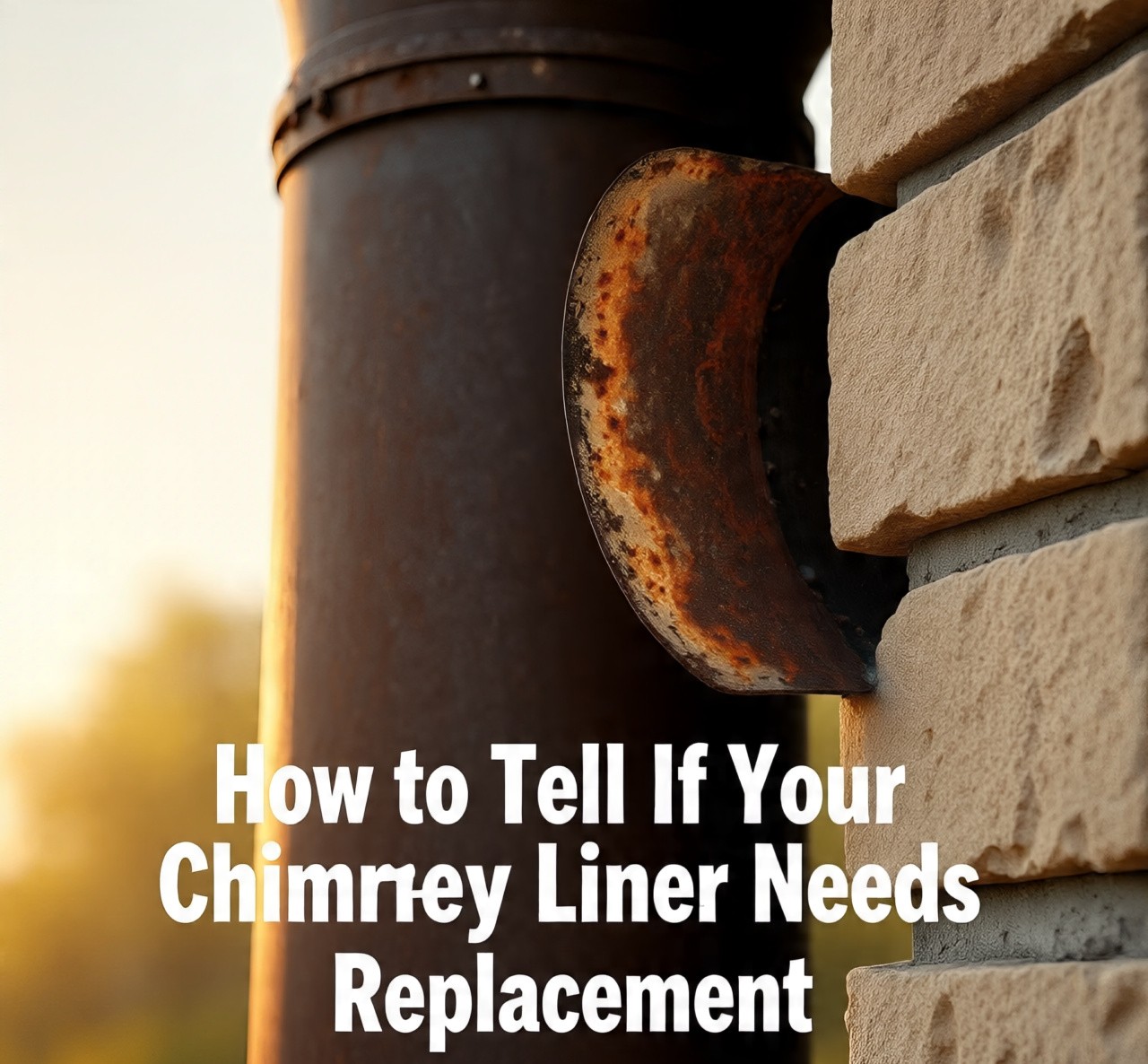When it comes to keeping your home cozy and safe during those chilly months, your chimney quietly does a lot of heavy lifting. Hidden away inside that brick or stone column is a chimney liner—a part most folks never see, but one that’s crucial for keeping smoke, heat, and stray sparks where they belong. But how do you know when this unseen hero is past its prime? Spotting a worn-out liner isn’t as obvious as a broken window or a leaky faucet. Still, paying attention to subtle hints can save you from bigger headaches down the road. If you’re curious how to tell if your chimney liner needs replacement, stick around; I’ll walk you through the main signs, why it matters, and what to expect in terms of cost and other key features.
“Ignoring a struggling chimney liner is like driving on bald tires—you may not notice until it’s too late.”
1. Key Features of a Healthy Chimney Liner
Think of your chimney liner as the invisible shield that keeps all the hot, smoky stuff from sneaking into your walls. When it’s in good shape, you won’t even know it’s there. But there are a few standout things to look for when checking if your liner is pulling its weight:
- Smooth Passage: The inside should be free of big cracks, bulges, or missing pieces. If you spot chunks of clay or metal in your fireplace, that’s a red flag.
- No Strange Smells: A strong, sharp odor—especially in summer—can mean creosote or moisture is hiding in broken liner sections.
- Consistent Draft: If smoke’s backing up or your fires struggle to burn, the liner could be blocked or damaged.
- No Sooty Surprises: Excessive soot or sandy debris on your hearth can hint at a liner that’s crumbling or eroding.
Most homeowners won’t see the inside of their liners without a professional inspection. That’s why it’s smart to schedule a yearly check-up before the cold season starts. Chimney pros use special cameras to peek inside and can spot problems long before they become disasters.
| Sign | What It Means | What to Do |
|---|---|---|
| Cracks or Gaps | Liner is deteriorating, risking leaks | Schedule inspection & plan for repair or replacement |
| Falling Debris | Pieces of liner breaking off | Stop using fireplace, call a pro |
| Unusual Smells | Possible moisture or creosote buildup | Get liner checked for hidden damage |
| Poor Draft | Blockage or liner collapse | Have chimney swept and inspected |
2. Why Safety Depends on Your Liner
It’s easy to take your chimney for granted—until something goes wrong. The liner’s main job is to keep the heat and dangerous gases from seeping into the rest of your house. If it’s cracked or missing, sparks or carbon monoxide can find their way through the smallest openings. Over time, this can cause hidden fires inside your walls or carbon monoxide leaks that are nearly impossible to detect without alarms.
Here’s another thing: a damaged liner can let acidic gunk from wood smoke eat away at your chimney from the inside out. This slow, silent damage can eventually crumble bricks and mortar, making repairs even more expensive.
- Preventing Chimney Fires: Most chimney fires start small and go unnoticed, slowly damaging your home’s structure. A solid liner acts as a firewall, keeping flames in their lane.
- Stopping Carbon Monoxide: This invisible gas is no joke—if it leaks into your living space, it can make you sick or worse. A tight, healthy liner keeps fumes heading outdoors, where they belong.
So, if you ever notice a strong, sour odor, soot stains on your walls, or hear popping and cracking from your chimney, don’t brush it off. These are all signs your liner might need attention.
3. The Cost of Replacing Your Chimney Liner
Let’s be honest—no one loves unexpected home repair bills. The price to replace a chimney liner can vary a lot, depending on what your chimney is made of, how tall it is, and what type of liner you pick (clay, metal, or ceramic).
- Clay Tile Liners: These are common in older homes, but if they’re cracked or broken, repairs can get pricey because it often means taking apart sections of your chimney.
- Stainless Steel Liners: Easier to install and often more durable, these can last decades and are usually less hassle when it comes to repairs.
As a ballpark, expect anywhere from $2,500 to $7,000 for a full replacement, depending on your choices and the complexity of the job. That can sound steep, but skipping liner repairs can lead to even bigger costs down the road—think wall repairs, smoke damage, or worse.
Some things that might affect the price:
- Chimney height and shape (straight chimneys are easier and cheaper to reline)
- How much existing damage needs fixing before installing a new liner
- Which liner material you choose
4. When to Call for Emergency Service
Most chimney liner problems creep up slowly, but sometimes you’ll need help right away. If you ever notice thick black smoke pouring into your house, flames shooting from your chimney cap, or loud roaring sounds when you light a fire, shut everything down and call for emergency service. These are classic signs of a chimney fire or a major blockage, and waiting even a few hours can put your home and family at risk.
If you suspect carbon monoxide (nausea, dizziness, or headaches after using your fireplace), leave your house and call the fire department. Don’t try to solve it yourself—chimney issues can turn serious fast.
- Stop using your fireplace if you see chunks of liner or bricks falling out
- Call a professional if you smell burning metal or a chemical odor
- Install carbon monoxide detectors near your fireplace and bedrooms for added safety
Wrapping It All Up
Your chimney liner works quietly behind the scenes to keep your fires burning safely and your home protected from hidden dangers. While it might not be the flashiest part of your house, keeping an eye out for warning signs—and knowing when to call for help—can save you money and stress in the long run. Whether it’s odd smells, bits of debris, or a smoky living room, don’t ignore signals that your liner may need some TLC. If you’re ever in doubt, a professional inspection is the best way to know for sure. Stay warm, stay safe, and let your chimney liner keep doing its job for years to come!
Read More: Chimney Sweep

